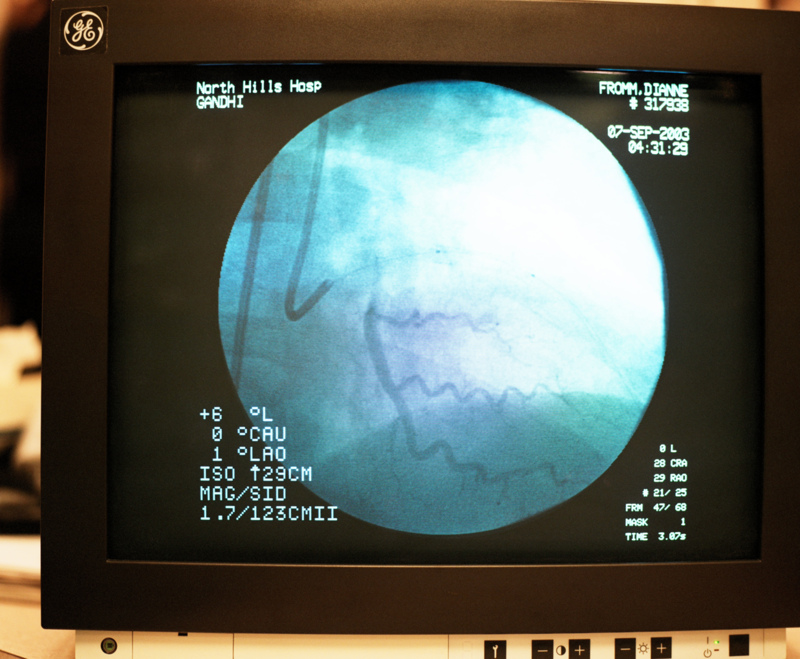
TUESDAY, Sept. 27 (HealthDay News) — Several factors that increase the risk for different types of complications and death shortly after spine surgery are outlined in a new study.
“Complications following spine surgery may have a substantial impact on the quality of life of patients as well as the outcome of the primary surgical procedure,” Dr. Andrew J. Schoenfeld, study co-author and orthopedic surgeon, said in a news release from the American Academy of Orthopaedic Surgeons.
For the study, researchers examined data from 3,475 patients, aged 16 to 90, who had spine surgery in the United States between 2005 and 2008. The surgeries were for conditions such as herniated disc, spinal stenosis (narrowing of the spinal canal) and degenerative disc disease.
The complication rate within 30 days after surgery was 7.6 percent (263 patients). Major complications included deep vein thrombosis (blood clots deep in the legs), sepsis, deep wound infections, and the unplanned need for follow-up surgery. Less-serious complications included urinary tract infections, pneumonia, and superficial wound infections, the study authors reported.
Risk factors for complications included older age, congestive heart failure or history of heart attack, neurological problems before surgery, a history of spinal wound infection, corticosteroid use, a history of sepsis, long surgical times and a poor health rating according to an American Society of Anesthesiologists physical status classification system.
The death rate among the patients within 30 days after spine surgery was 0.3 percent (10 patients). Older patient age and surgical wound problems increased the risk of death, according to the study, which was published this month in the Journal of Bone and Joint Surgery.
The findings need to be kept in perspective by patients who’ve just had or are considering spine surgery, Schoenfeld said in the news release.
“Our study only documents complications and mortality that occurred within 30 days after surgery. Many studies exist that illustrate the safety and efficacy of spine surgery, and the intent of this work was not to be alarmist. Our goal was to identify medical conditions and other factors that could be addressed prior to surgery in order to further enhance the safety of spine surgery and help achieve the best results for patients,” Schoenfeld said in the news release.
“We hope that our findings will allow surgeons, patients and their families to have a more open dialogue and discussion regarding potential risks prior to surgery,” he added.
More information
The University of Maryland Spine Program outlines a guide to complications of spine surgery.

